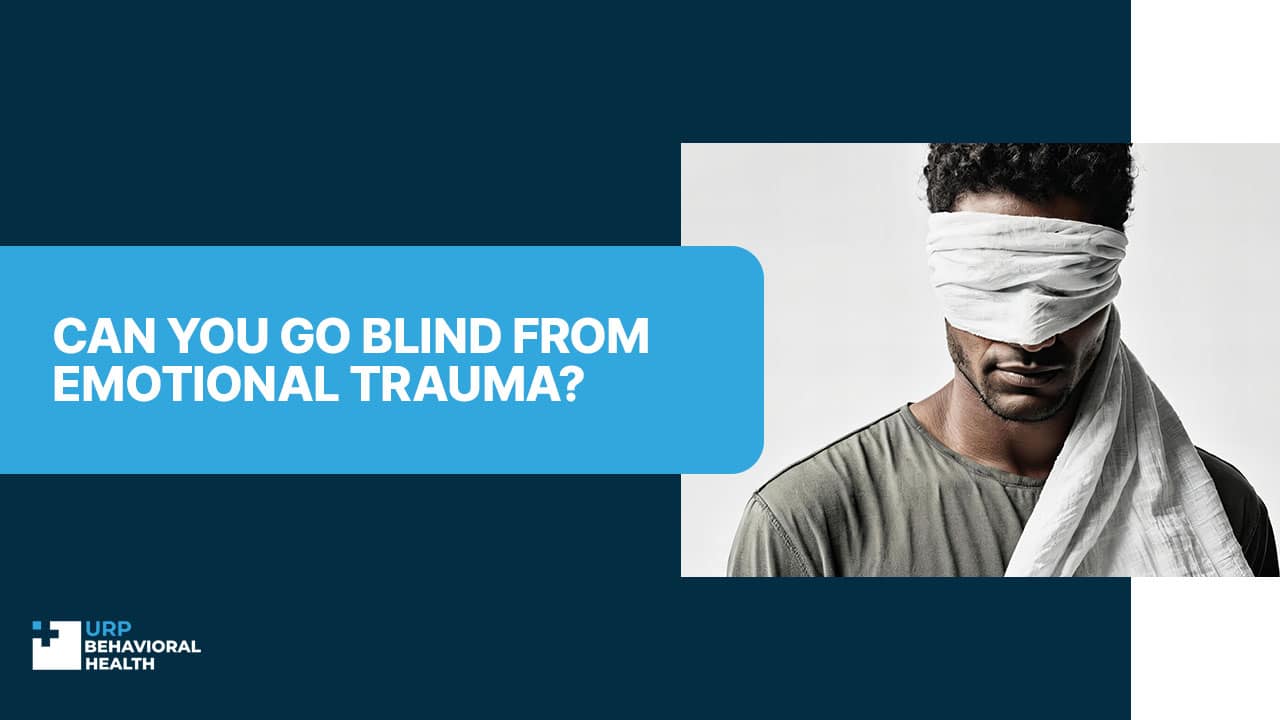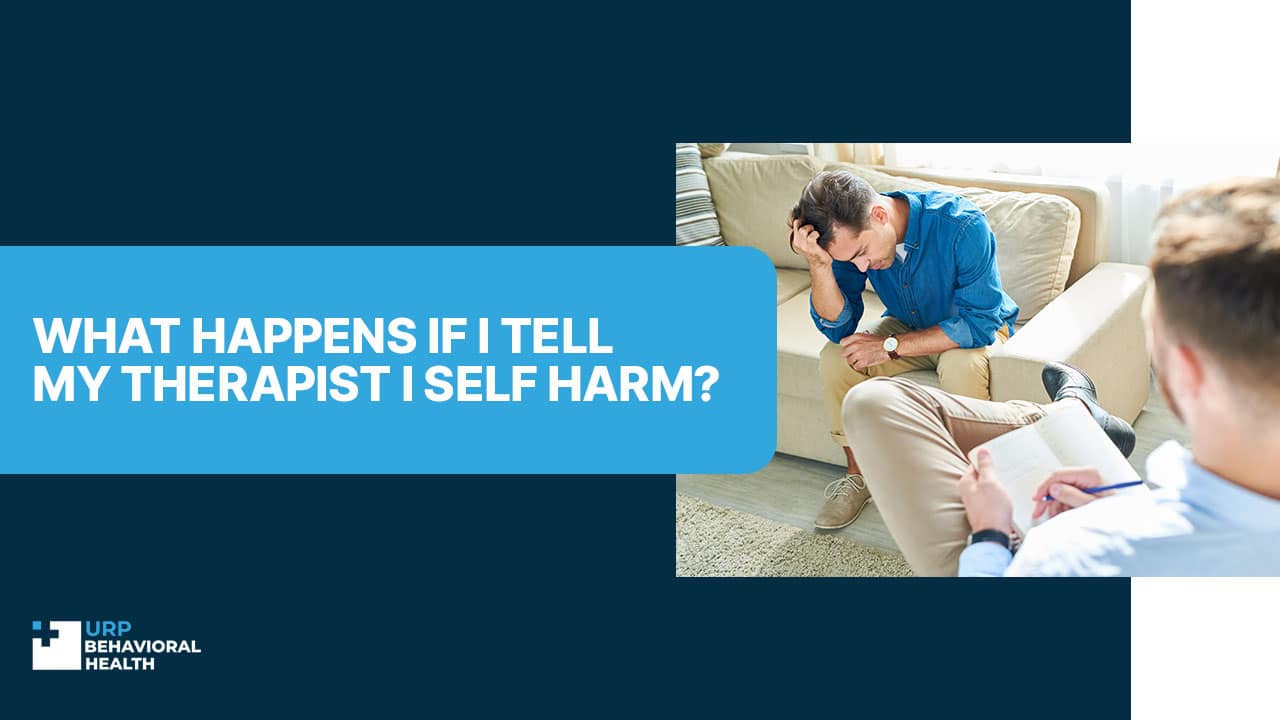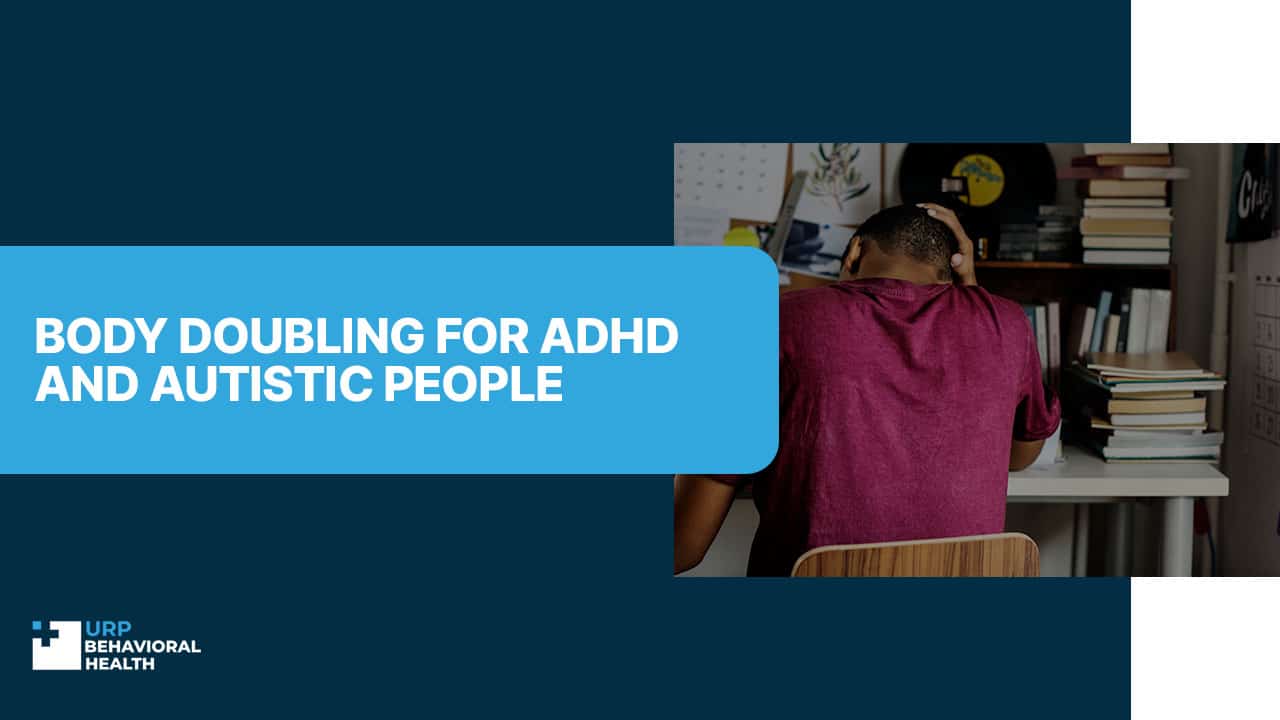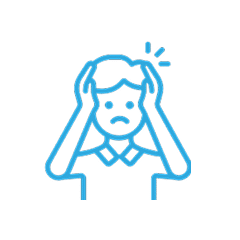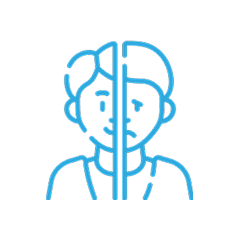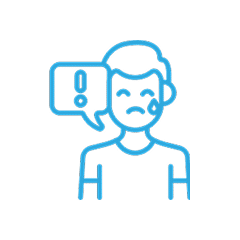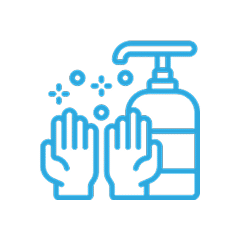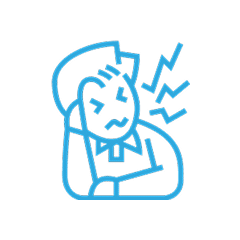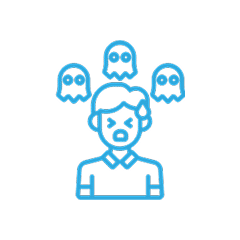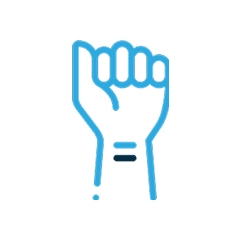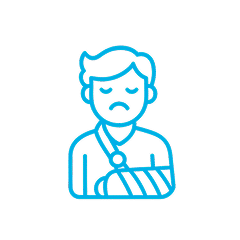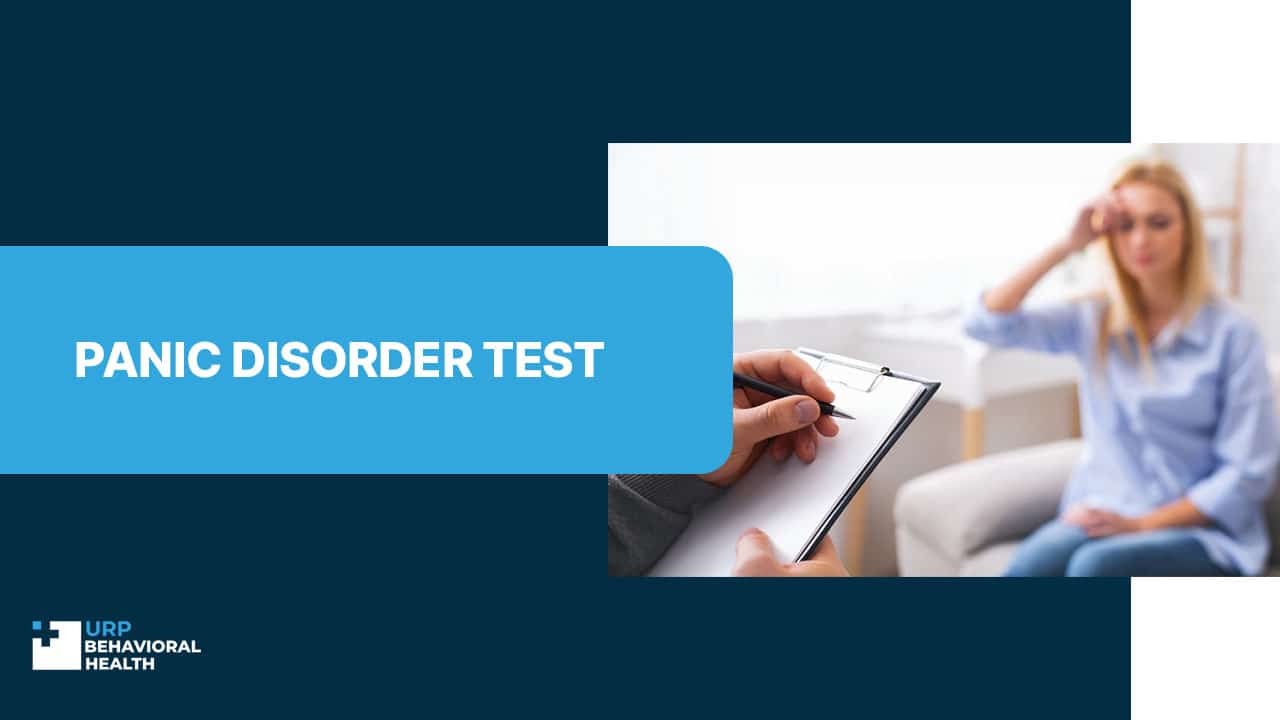
Panic Disorder Test
According to a survey [1], around 2.7% of American adults experience panic disorder in a year. Women are more prone to have this clinical condition than men, but physical and mental exhaustion after a panic attack is familiar to both genders. Given the prevalence of this mental health condition, it’s vital to understand how to diagnose panic attacks without confusing its symptoms with other medical illnesses.
Many use different versions of a diagnostic test for panic disorder, but is it accurate enough? How to know if you have panic disorder for sure? Read on to get the answers.
What Is a Panic Disorder Screening Test?
If you wonder “Do I have panic anxiety disorder?” and don’t know what to start with, you can try to get an insight into your mental and emotional state by taking a test for panic attack. However, you should note it won’t replace the results of a psychological assessment by a licensed mental health professional.
Any panic anxiety disorder test isn’t a credible means of diagnosis, but only a supplement for a substantial medical examination. A mental health professional may perform a meticulous evaluation of a patient to exclude an alternative diagnosis [2]. Panic disorder happens when there are no correlated medical or psychiatric conditions that explain the existing symptoms better.
Contact our admissions team now to begin your path toward a brighter future.
How Is Panic Disorder Diagnosed?
While diagnosing panic disorder, a healthcare specialist is guided by a patient’s individual history and symptomatology. You might have to answer the questions about your symptoms’ onset, frequency, duration, and impact on life. A doctor may offer a physical examination to ensure the issue doesn’t lie in another problem.
To reply “Do I have panic disorder?” positively, you have to experience periodic and sudden panic attacks. A single unexpected episode of a profound state of fright or anxiety doesn’t equal a disorder, no matter how dreadful it might seem.
Panic disorder signs may encompass [1]:
- Physical symptoms: chest pain, dizziness, weakness, brisk heartbeat, stomach pain, nausea, chills, sweating, and shortness of breath;
- Emotional symptoms: emotional distress, feeling of having no control, overwhelming fear of death, an intense concern about the possible panic attack, avoidance of triggering places, etc.
People surmising this condition shouldn’t play around with various assessments for panic disorder but consult a mental health professional to get the right treatment.
What Does Screening for Panic Disorder Involve?
To take an anxiety panic disorder test, you don’t have to conduct any preliminary preparations. A mental health provider may ask you to fill out a series of clarifying questions about your feelings, behaviors, and other concerning symptoms. You have to be completely honest with your doctor and not conceal important health data such as substance use. It has similar signs to panic attacks, and alcohol withdrawal can even cause them [4].
We’ll help you understand your options and guide you toward care.
If you undergo a physical examination to exclude the possibility of a heart attack or other physical conditions, a healthcare provider may suggest blood tests. This procedure typically lasts no more than five minutes and causes minimal discomfort [5].
Panic Attack Screening Test Types
A panic attack test usually comes in diverse variations:
- short online panic disorder test;
- brief quiz;
- time-saving questionnaire;
- panic disorder severity scale.
Despite the different names, the first three options basically look the same. They contain a list of questions specifying your life experiences based on the symptoms of people diagnosed with panic disorder. Though they won’t verify the “Do I have panic anxiety disorder?” issue, these means of self-assessment might give you a hint on the symptom duration and frequency. The panic disorder severity scale requires certain calculations, and a composite score needs professional attention to be clarified.
When Should You Consider a Screening Test for Panic Disorder?
You may need to test panic disorder in yourself if you recently experienced over two unpredictable panic attacks and worry that there might be more. The early signs of this mental health disorder usually begin in the late teens or early adulthood. Panic disorder is diagnosed when there is no real danger [1], while a distinct trigger may be associated with certain fear or phobia. Going through panic attacks is extremely uncomfortable, to say the least, but they can be treated.
The treatment options may include:
- Individual psychotherapy. A licensed therapist can help you increase awareness of your feelings and learn healthy coping strategies to manage them.
- Cognitive-behavioral therapy. Is considered superior to other therapies aimed at combating panic disorder [6] as it helps change rampant thoughts and anxious reactions.
- Group therapy. The support of people who share a similar experience can increase your sense of community and promote skills to build trustful interpersonal relations.
- Medications. It may take a certain time to pick the right medications and let them work properly, so you have to be patient.
These actionable means can help reduce the intensity and recurrence of panic attacks. A mental health professional may customize a treatment plan according to your medical history, attack severity, and individual needs.
Risk Factors for Panic Disorder Onset
If neglected, panic disorder can significantly impact quality of life and cause other mental health conditions like depressive disorder. Ensure that you don’t fit into the following risk group categories to keep abreast of potential symptom development [7]:
- Females;
- People younger than 65 years old;
- A history of depression, cardiac symptoms, shortness of breath, drug or alcohol abuse, and seizures.
Even if you are prone to panic attacks, the right treatment can significantly boost your overall well-being and quality of life. To start your mental health journey, you may consult dedicated professionals at URP Behavioral Health, who will eagerly address your concerns and provide you with essential information and resources about your care.
Our team will verify your insurance and design a plan tailored to your needs.
References
- The National Institute of Mental Health (NIMH). Panic Disorder. Link: https://www.nimh.nih.gov/health/statistics/panic-disorder. Access date: July 15, 2025.
- Curt Cackovic, Saad Nazir, Raman Marwaha. Panic Disorder. 2025 Jan. Link: https://www.ncbi.nlm.nih.gov/books/NBK430973/. Access date: July 15, 2025.
- National Institute of Mental Health. Brochures and Fact Sheets. Panic Disorder: What You Need to Know. Link: https://www.nimh.nih.gov/health/publications/panic-disorder-when-fear-overwhelms. Access date: July 15, 2025.
- Kathleen T. Brady. Substance Use Disorders and Anxiety: A Treatment Challenge for Social Workers. Soc Work Public Health. 2013; 28(0): 407–423. Link: https://pmc.ncbi.nlm.nih.gov/articles/PMC3775646/. Access date: July 16, 2025.
- Wake Forest University Health Sciences. Assessing Chest Pain Using Point-of-Care High-Sensitivity Troponin I in the Emergency Department (ACUTE). Link: https://clinicaltrials.gov/study/NCT06899776. Access date: July 16, 2025.
- Alessandro Pompoli et al. Psychological therapies for panic disorder with or without agoraphobia in adults: a network meta‐analysis. 2016. Link: https://pmc.ncbi.nlm.nih.gov/articles/PMC7104662/. Access date: July 16, 2025.
- M. Keyl, W.W. Eaton. Risk factors for the onset of panic disorder and other panic attacks in a prospective, population-based study. Am J Epidemiol. 1990 Feb; 131(2): 301–11. Link: https://pubmed.ncbi.nlm.nih.gov/2296982/. Access date: July 16, 2025.

